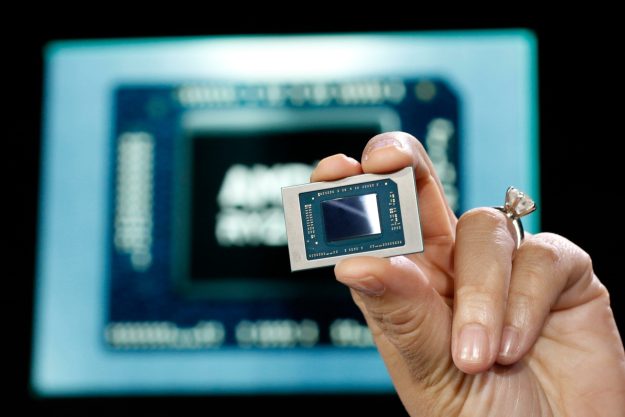One of the main challenges for VR companies, besides getting headset prices down so everyone can have a go, is how to reduce motion sickness, a sickly sensation caused mainly by the disparity between what you see and what you feel.
Many VR users have reported feeling woozy, wobbly, or just plain weird after using a headset for an extended period. So instead of getting really stuck in, you’re limited to how long you can go before you need to take a breather. And for some really unlucky users, that could be after just a few minutes.
Work to overcome the problem is thankfully underway, with proposed solutions so far including anything from stuffing the headset with LED lights to including a virtual nose in the display.
The latest effort to rid the VR world of motion sickness comes from researchers at Columbia University. They recently found that masking the user’s view during certain parts of the VR experience – particularly when a lot of movement is taking place in the content – can eliminate feelings of nausea, allowing the user to enjoy longer VR sessions.
The researchers found that by strategically and automatically manipulating the field of view (FOV), feelings of VR sickness were “significantly reduced.”
Yes, a reduced FOV sounds like the last thing you want when exploring a virtual world in all its wraparound glory. The very idea suggests a “binoculars” view, an effect that’s sure to ruin that special immersive experience.
However, after numerous tests and tweaking, the team said its system now changes the view in such a subtle way that it no longer decreases a user’s sense of presence in the virtual environment. In fact, many of the test participants didn’t even notice the change in FOV.
The software they developed functions as a pair of “dynamic FOV restrictors” and can partially obscure each eye’s view with a virtual soft-edged cutout. To find the perfect balance between restricting FOV to eliminate motion sickness and retaining the full VR experience, the researchers performed numerous tests to see how much of the view needed to be reduced and at precisely which moments it should happen.
“Virtual reality has the potential to profoundly change how we interact with people, machines, and information,” Columbia University computer science professor Steven Feiner said, adding, “It’s critical that the experience be both comfortable and compelling, and we think we’ve found a way.”
It’s certainly an exciting development, and may indeed be the key to banishing motion sickness from the VR experience. With the platform still in its infancy, it’s a safe bet plenty more solutions are on the way, so if this latest one doesn’t make it into the mainstream, sit tight. And hold on to your stomach till one does.
Editors' Recommendations
- This new VR headset beats the Vision Pro in one key way and is half the price
- How this new Quest VR app totally sold me on exercising in virtual reality
- Researchers develop VR headset with mouth haptics
- VR-induced ‘cybersickness’ could soon be eradicated with a clever new algorithm
- With new swappable faceplates, the Vive Cosmos is now a modular VR platform


